Understanding Skin Whitening
Skin whitening, often referred to as skin lightening or skin brightening, aims to achieve a more even skin tone and reduce the appearance of dark spots, hyperpigmentation, and overall dullness. It’s a popular skincare goal for many, driven by cultural beauty standards and a desire for a radiant complexion. Various methods are employed, ranging from over-the-counter products to professional treatments, all working to decrease melanin production or remove existing melanin from the skin cells. Understanding the principles behind skin whitening is crucial before embarking on any treatment, ensuring realistic expectations and safe practices. The process involves targeting the melanocytes, the cells responsible for producing melanin, which is the pigment that gives skin its color. By inhibiting melanin production or promoting its removal, skin whitening treatments can gradually lighten the skin and improve its overall appearance. This should be done with carefulness and with expert advice when needed.
What Causes Uneven Skin Tone
Uneven skin tone can result from various factors, including sun exposure, hormonal changes, inflammation, and genetics. Sun exposure is a significant contributor, as UV rays stimulate melanin production, leading to dark spots, freckles, and overall skin darkening. Hormonal fluctuations during pregnancy (melasma) or due to certain medications can also cause hyperpigmentation. Skin inflammation from acne, eczema, or injuries can trigger post-inflammatory hyperpigmentation (PIH), leaving behind dark marks. Genetics play a role in determining skin’s natural melanin production and susceptibility to discoloration. Understanding these causes is vital for choosing effective skin whitening treatments. Addressing the underlying causes, such as protecting against sun damage, can prevent further darkening and improve the results of skin whitening treatments. It’s also crucial to identify the specific type of hyperpigmentation to tailor treatment approaches effectively.
The Science Behind Skin Whitening Treatments
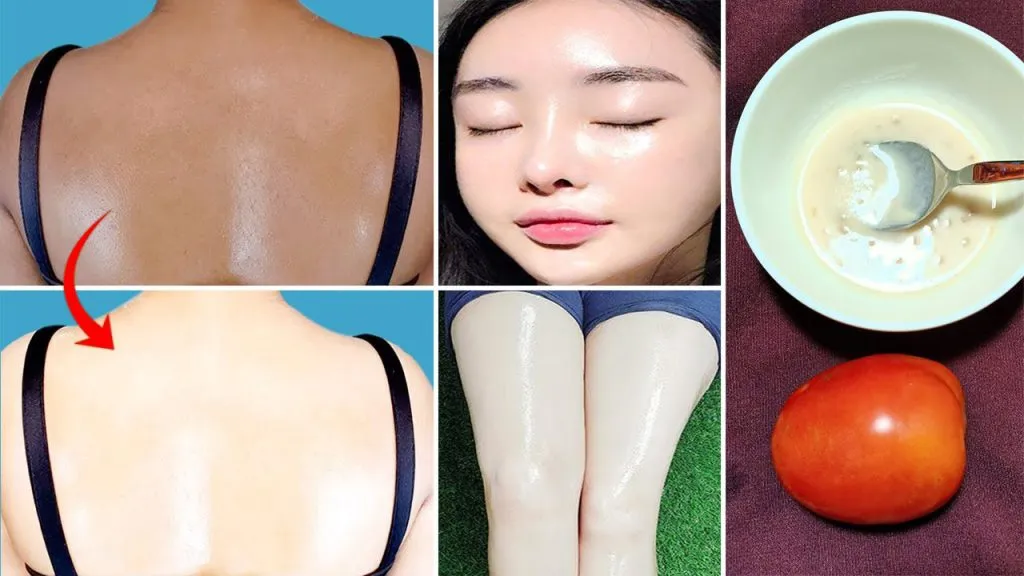
Skin whitening treatments work by either inhibiting melanin production or removing existing melanin from the skin. Ingredients like hydroquinone, a common component in prescription skin lightening creams, work by suppressing tyrosinase, an enzyme essential for melanin production. Other ingredients, such as kojic acid, arbutin, and vitamin C, also act as tyrosinase inhibitors or antioxidants. Exfoliation, whether through chemical peels or physical scrubs, removes dead skin cells containing melanin, revealing brighter skin. The effectiveness of these treatments varies depending on the concentration of active ingredients, skin type, and the underlying cause of the pigmentation. Understanding the mechanisms of action helps in selecting appropriate treatments and managing expectations. It’s also important to be aware of the potential side effects of various ingredients and to follow instructions carefully. Always consult a dermatologist before starting any skin whitening regimen, especially if you have sensitive skin or underlying health conditions.
Top 7 Skin Whitening Treatments at Home
Achieving skin whitening at home involves using natural ingredients and following a consistent skincare routine. Several readily available ingredients offer gentle and effective skin brightening properties. These treatments are generally safe but require consistent use and should be combined with sun protection for optimal results. The following are some of the most effective home remedies for skin whitening, along with their application methods and benefits. Remember to perform a patch test before applying any treatment to a larger area. Combine home treatments with a healthy lifestyle, including a balanced diet, adequate hydration, and sufficient sleep to support overall skin health.
Lemon Juice for Skin Whitening
Lemon juice is a natural bleaching agent due to its high citric acid content, which helps to exfoliate and lighten the skin. The acidity can reduce dark spots and brighten the overall complexion. The vitamin C in lemons also acts as an antioxidant, protecting the skin from damage. However, lemon juice can be harsh and cause irritation, especially for sensitive skin. Using fresh lemon juice diluted with water is recommended to minimize irritation. Always apply sunscreen after using lemon juice as it can increase photosensitivity. It’s important to use lemon juice cautiously and discontinue use if any adverse reactions occur.
How to Use Lemon Juice Safely
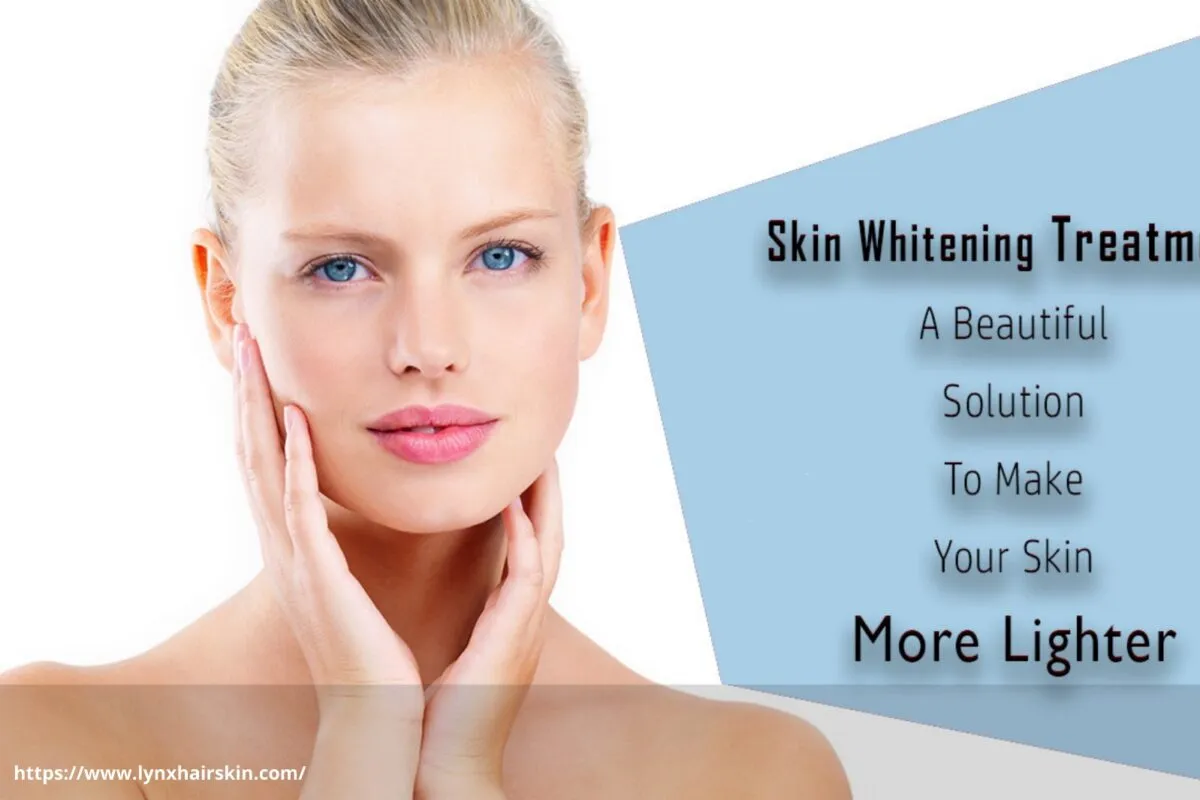
To use lemon juice safely, dilute fresh lemon juice with an equal amount of water. Apply the mixture to the skin using a cotton ball, focusing on dark spots or uneven areas. Leave it on for no more than 15-20 minutes, then rinse thoroughly with cool water. Moisturize your skin immediately after rinsing to prevent dryness. Perform a patch test on a small area of skin before applying it to your entire face to check for any allergic reactions or irritation. Avoid applying lemon juice to broken or irritated skin. Always use sunscreen with a high SPF during the day to protect your skin from sun damage.
Turmeric Face Masks for Skin Whitening
Turmeric, a staple in Indian cuisine, contains curcumin, a potent antioxidant and anti-inflammatory compound. Curcumin helps to reduce inflammation, brighten the skin, and improve overall skin tone. Turmeric face masks can help fade dark spots, reduce hyperpigmentation, and give the skin a healthy glow. The regular use of turmeric can contribute to a more even skin tone and a brighter complexion. Adding other beneficial ingredients to your turmeric face mask will further enhance its benefits.
Benefits of Turmeric for Skin
Turmeric’s benefits extend beyond skin whitening. It has anti-inflammatory properties that soothe irritated skin and reduce redness. The antioxidant properties of turmeric protect the skin from free radical damage, preventing premature aging. Turmeric also helps to reduce acne and improve the overall appearance of skin. Its natural antiseptic qualities make it effective against acne-causing bacteria, resulting in clearer, healthier skin. Using turmeric regularly can provide long-term benefits, including improved skin tone, reduced inflammation, and protection against environmental stressors.
Yogurt and Honey for Skin Brightening
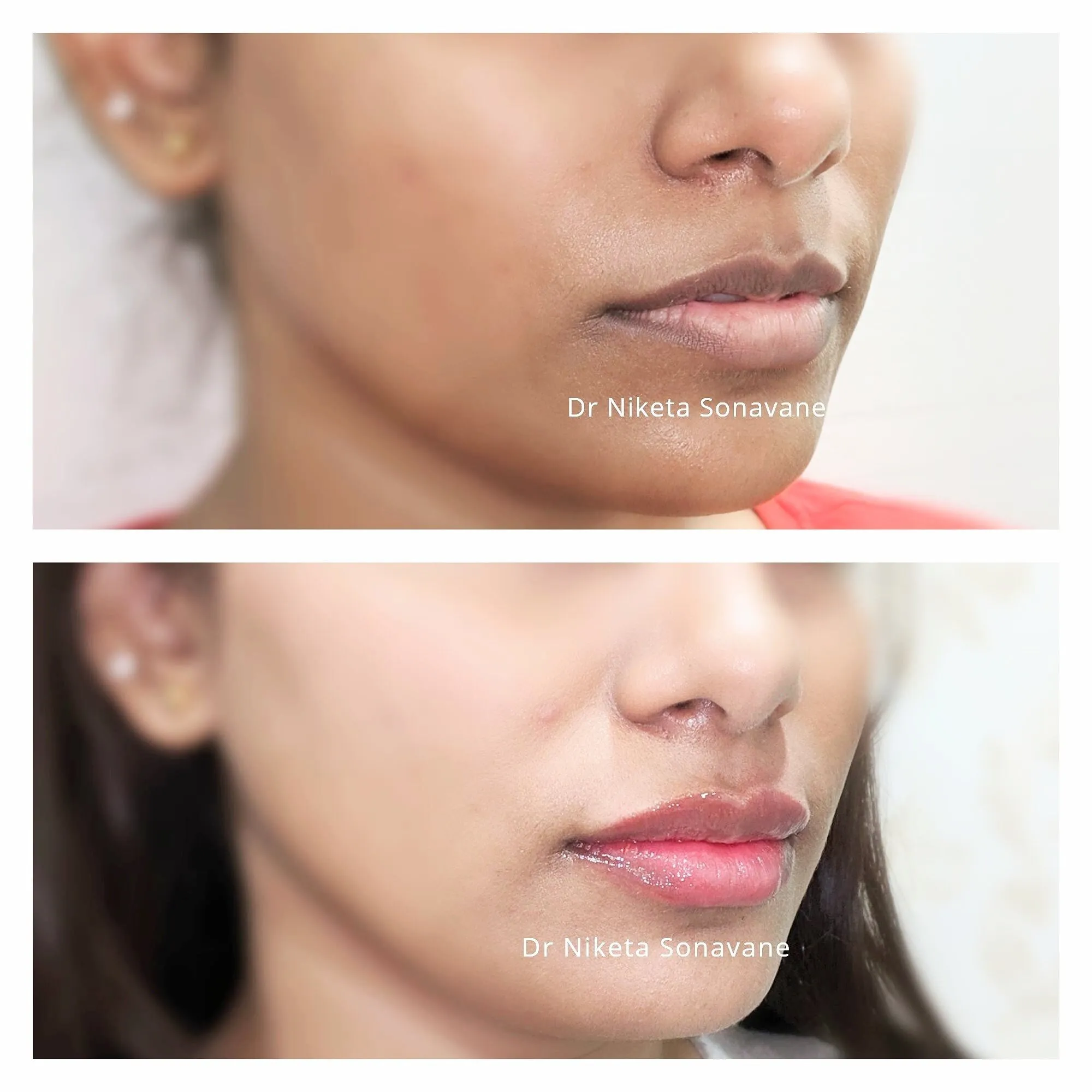
Yogurt contains lactic acid, a gentle exfoliant that helps to brighten skin and even out skin tone. Honey, a natural humectant, moisturizes the skin and has antibacterial properties. The combination of yogurt and honey can provide hydration and gentle exfoliation, leading to brighter, smoother skin. This mask is suitable for most skin types and can be used regularly for noticeable results. The lactic acid in yogurt gently dissolves dead skin cells, revealing a fresher complexion, while honey provides essential moisture.
How to Prepare a Yogurt and Honey Mask
Combine 1 tablespoon of plain yogurt with 1 teaspoon of honey in a small bowl. Mix well until a smooth paste forms. Apply the mask evenly to your clean face and neck. Leave it on for 15-20 minutes, then rinse thoroughly with lukewarm water. Pat your skin dry and apply a moisturizer. This mask is gentle enough for regular use, making it an excellent choice for maintaining a bright complexion. You can add a few drops of lemon juice for an extra brightening boost, but remember to be cautious if you have sensitive skin.
Aloe Vera for Soothing and Whitening
Aloe vera is known for its soothing and hydrating properties. It can also help lighten the skin and reduce dark spots. The enzymes and vitamins in aloe vera promote cell turnover and repair damaged skin. Applying aloe vera gel can help to reduce inflammation and improve skin tone. Its cooling effect also makes it ideal for sun-damaged skin. Aloe vera is a versatile ingredient that can be used on all skin types and is especially beneficial for sensitive skin. Regular use can result in a more even and radiant complexion.
Benefits of Aloe Vera for Skin
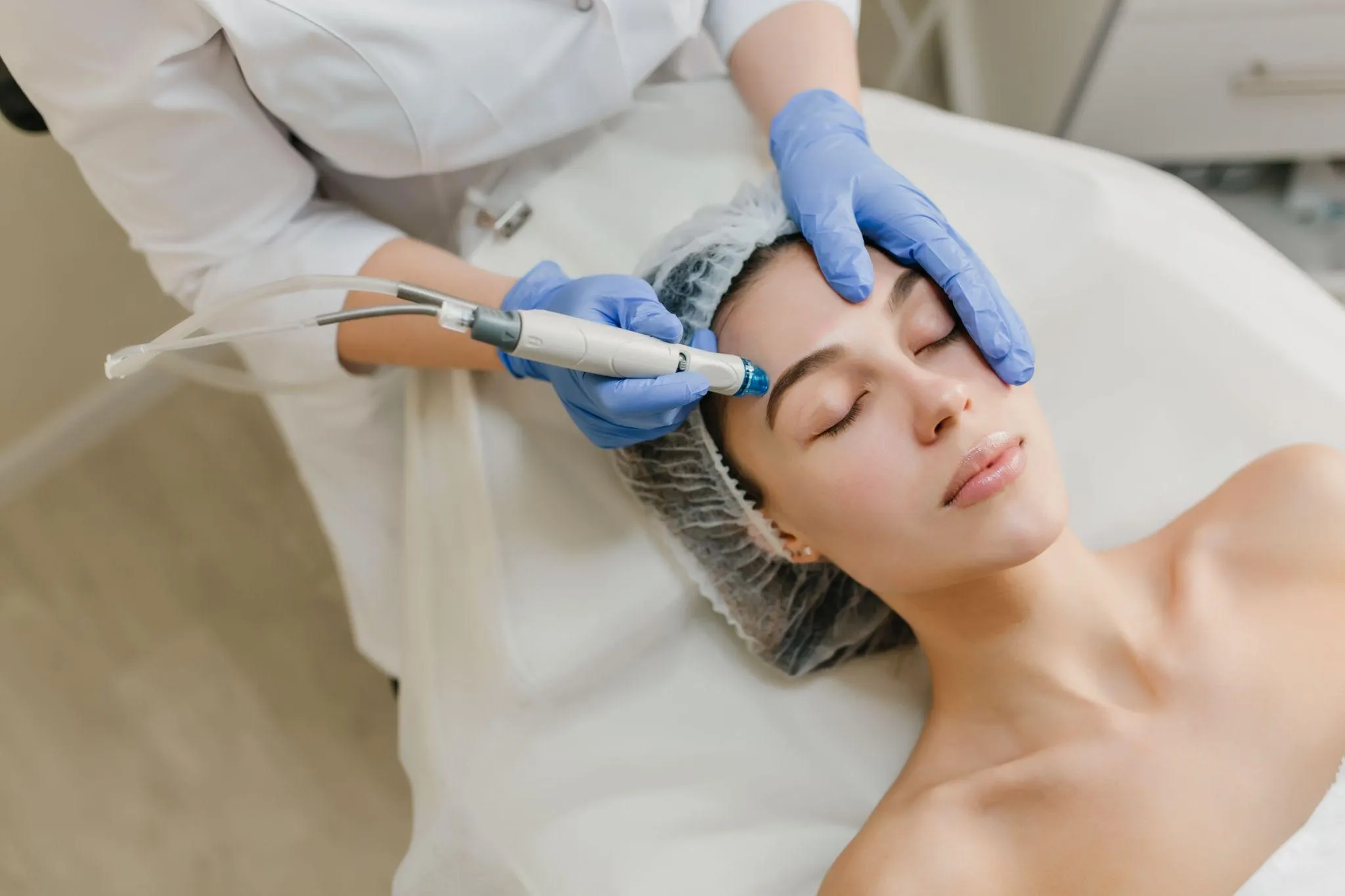
Aloe vera offers several benefits for the skin. It moisturizes, soothes irritation, and reduces inflammation. It helps to heal wounds and burns, including those caused by sun exposure. Aloe vera also has anti-aging properties and can reduce the appearance of wrinkles. Its high water content keeps the skin hydrated and plump. Using aloe vera regularly can contribute to healthy, glowing skin. Aloe vera is also a good source of antioxidants, which help protect the skin from environmental damage.
Papaya for Gentle Exfoliation
Papaya contains enzymes like papain that help to exfoliate the skin and remove dead skin cells. This gentle exfoliation reveals brighter, smoother skin and reduces the appearance of dark spots. Papaya also has vitamins and antioxidants that promote skin health and reduce inflammation. Using papaya regularly can help improve skin texture and overall complexion. Its gentle exfoliating properties make it a good option for sensitive skin. Papaya also contains vitamins A and C, which are essential for skin health and repair.
How Papaya Aids in Skin Whitening
Papain, the enzyme in papaya, helps to break down dead skin cells, which can lead to a brighter complexion. The exfoliation process helps to reduce the appearance of dark spots and uneven skin tone. Regular use of papaya can improve skin texture and promote a more even skin tone. Its gentle exfoliating properties make it suitable for most skin types. Papaya also contains antioxidants that protect the skin from damage. To use, mash ripe papaya and apply it as a face mask for 15-20 minutes before rinsing with lukewarm water.
Milk and Oatmeal for Skin Whitening
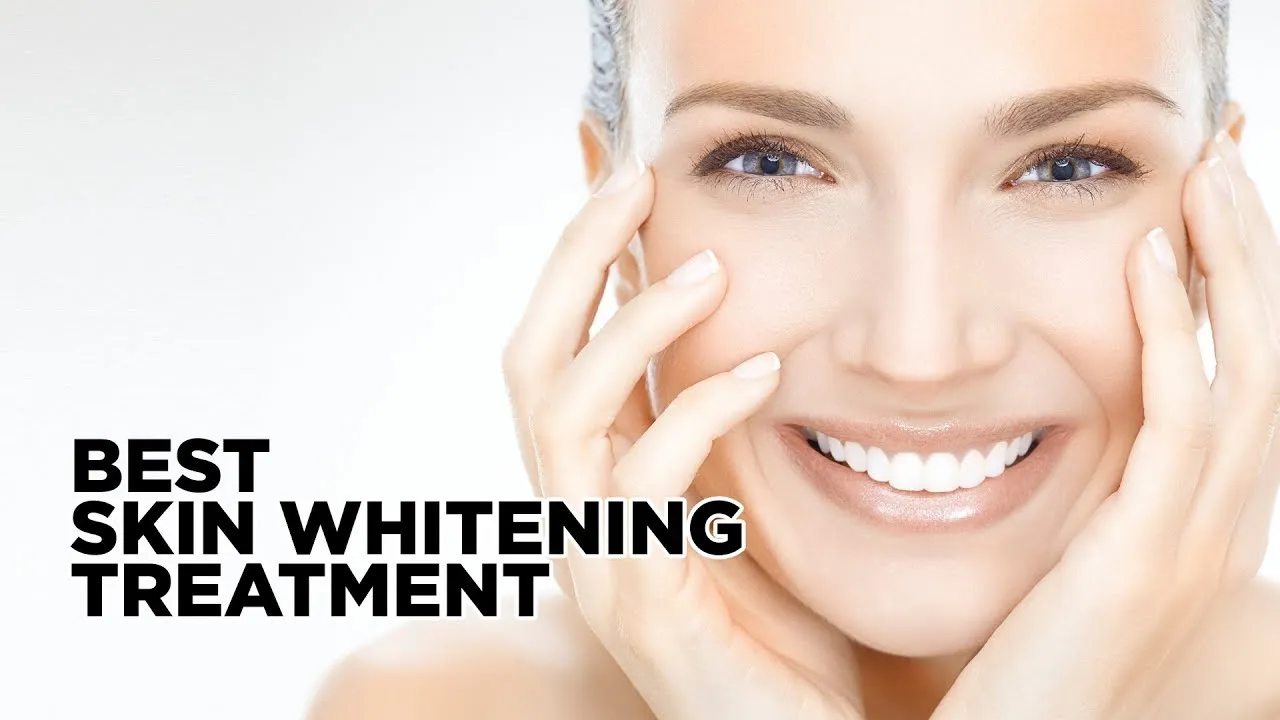
Milk contains lactic acid, which gently exfoliates and brightens the skin. Oatmeal soothes and calms irritated skin, and it is also rich in antioxidants. The combination of milk and oatmeal can provide gentle exfoliation, hydration, and soothing relief for sensitive skin. This mask is beneficial for improving skin tone and texture. This combination can also help to reduce redness and inflammation, resulting in a healthier complexion. It is gentle enough for frequent use and suits various skin types.
Preparing a Milk and Oatmeal Mask
Mix 2 tablespoons of oatmeal with enough milk to form a thick paste. Apply the paste to your face and neck, gently massaging it in circular motions. Leave it on for 15-20 minutes, then rinse thoroughly with lukewarm water. Pat your skin dry and apply a moisturizer. This mask can be used several times a week. For added benefits, you can add a few drops of honey. The gentle exfoliation removes dead skin cells, while the milk and oatmeal provide hydration and nourishment.
Sandalwood for Skin Brightening
Sandalwood has been used for centuries in skincare due to its skin brightening and soothing properties. It helps to reduce dark spots, blemishes, and even out skin tone. Sandalwood has anti-inflammatory and antiseptic properties, making it beneficial for acne-prone skin. The regular use of sandalwood can result in a radiant and clear complexion. Sandalwood is known for its pleasant scent and is a gentle yet effective ingredient for skin brightening.
Benefits of Sandalwood
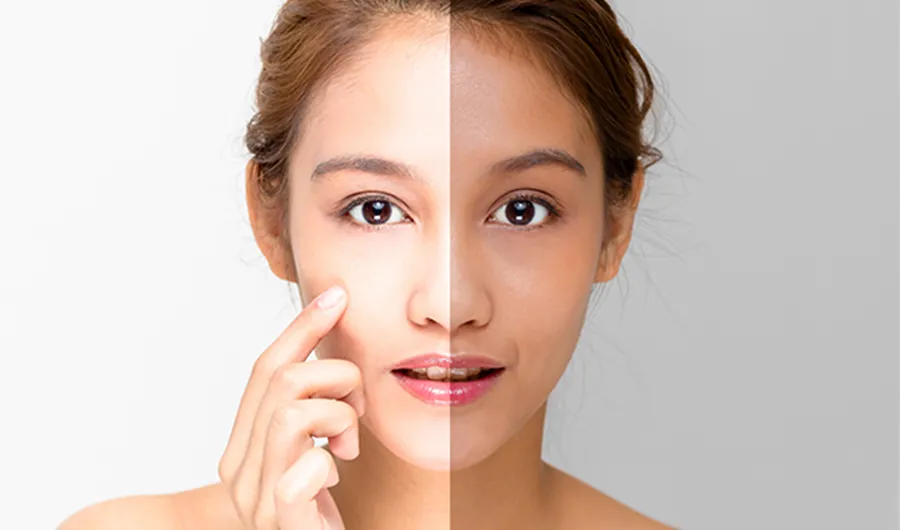
Sandalwood offers several benefits for the skin, including reducing inflammation, fighting acne, and brightening the complexion. It helps to soothe irritated skin and reduce redness. Sandalwood also has cooling properties, making it beneficial for sun-exposed skin. Its antiseptic properties can help to prevent breakouts and improve overall skin clarity. Using sandalwood regularly can result in a more even skin tone and a radiant complexion. The fine powder or paste is a great addition to any skincare routine.
Important Considerations for Skin Whitening
When embarking on a skin whitening journey, several factors need careful consideration to ensure safety and achieve desired results. It is essential to set realistic expectations, as the process takes time, and results vary based on individual skin types and the severity of the issue. Always start with a patch test when trying new treatments to check for allergic reactions or irritation. Consistent use of sunscreen is critical for protecting the skin from further damage and maintaining the results. It is also vital to be aware of potential risks and side effects and to consult with a dermatologist if you have concerns.
Patch Testing Before Applying Any Treatment
Before applying any new treatment to your entire face or body, always perform a patch test. Apply a small amount of the product to a discreet area of skin, such as behind your ear or on your inner arm. Wait for 24-48 hours to check for any signs of irritation, redness, itching, or allergic reactions. If no adverse reactions occur, the product is likely safe for use on a larger area. Patch testing helps you identify potential sensitivities and prevent widespread skin issues. If irritation does occur, discontinue use immediately and consult a dermatologist.
Sun Protection is Crucial
Sun protection is paramount when pursuing skin whitening treatments. Sun exposure can counteract the effects of skin whitening treatments by stimulating melanin production, leading to further darkening and uneven skin tone. Using a broad-spectrum sunscreen with an SPF of 30 or higher daily is essential, even on cloudy days. Reapply sunscreen every two hours, especially if you are outdoors or sweating. Sun protection prevents future damage and helps maintain the results of your skin whitening efforts. Consider wearing protective clothing, hats, and sunglasses when you’re exposed to the sun.
Potential Risks and Side Effects
While many home remedies are generally safe, some skin whitening treatments may carry potential risks and side effects. Overuse of certain ingredients, such as lemon juice, can cause irritation, dryness, and increased sun sensitivity. Some products may contain ingredients that can cause allergic reactions or skin discoloration. It is crucial to research the ingredients in any treatment carefully and understand the potential side effects. Discontinue use and consult with a dermatologist if you experience any adverse reactions, such as redness, itching, burning, or peeling. Always prioritize skin health and safety.
Maintaining Your Results
Maintaining the results of your skin whitening treatments requires consistent skincare and a healthy lifestyle. Regular use of the treatments, along with sun protection, helps to prevent the recurrence of hyperpigmentation. Maintaining a consistent skincare routine, including gentle cleansing, exfoliating, and moisturizing, is essential. In addition, incorporating healthy lifestyle choices such as a balanced diet, adequate hydration, and sufficient sleep, can promote overall skin health and help maintain a radiant complexion.
Establishing a Consistent Skincare Routine
A consistent skincare routine is fundamental to maintaining skin whitening results. Start with a gentle cleanser to remove dirt and impurities without stripping the skin’s natural oils. Exfoliate regularly to remove dead skin cells and promote cell turnover. Apply a serum or treatment containing skin-brightening ingredients. Moisturize daily to keep the skin hydrated and prevent dryness. Always use a broad-spectrum sunscreen with an SPF of 30 or higher during the day. Consistency is key to achieving long-term results.
Healthy Lifestyle Choices
Healthy lifestyle choices play a significant role in maintaining healthy, radiant skin. Eat a balanced diet rich in fruits, vegetables, and antioxidants. Stay hydrated by drinking plenty of water. Get enough sleep to allow your skin to repair and regenerate. Manage stress levels, as stress can worsen skin conditions. Avoid smoking and excessive alcohol consumption. Regular exercise can improve circulation and overall skin health. Adopting these healthy habits will support your skin whitening efforts and contribute to a healthier, more radiant complexion.
